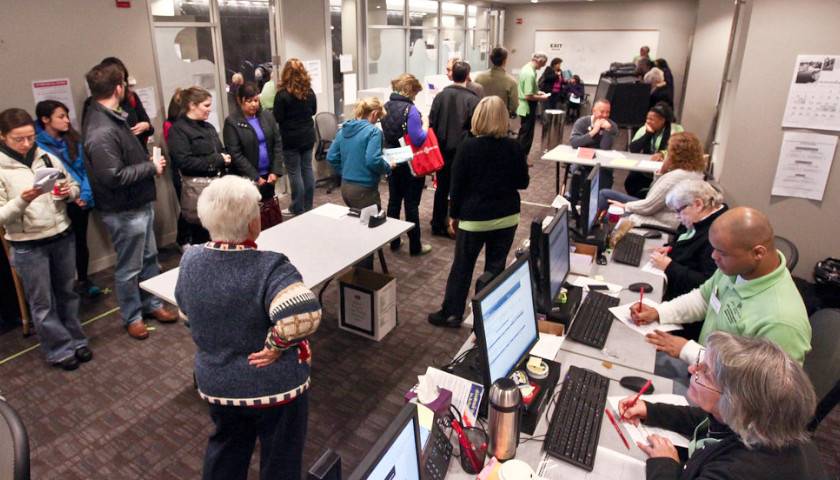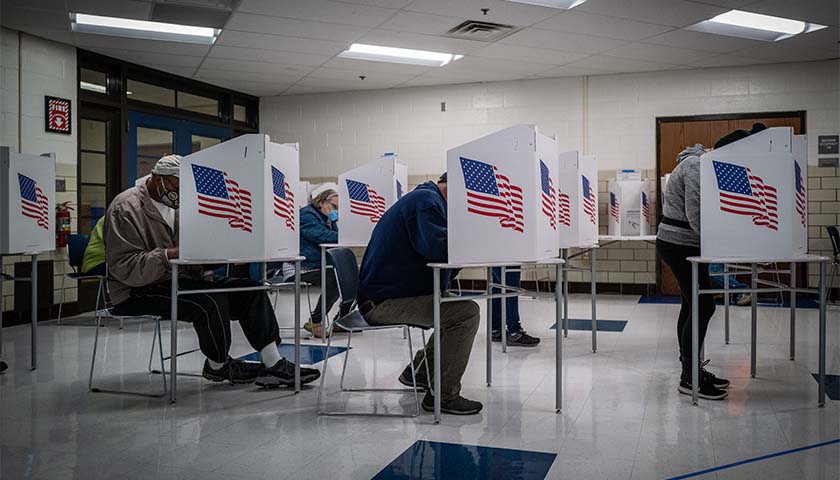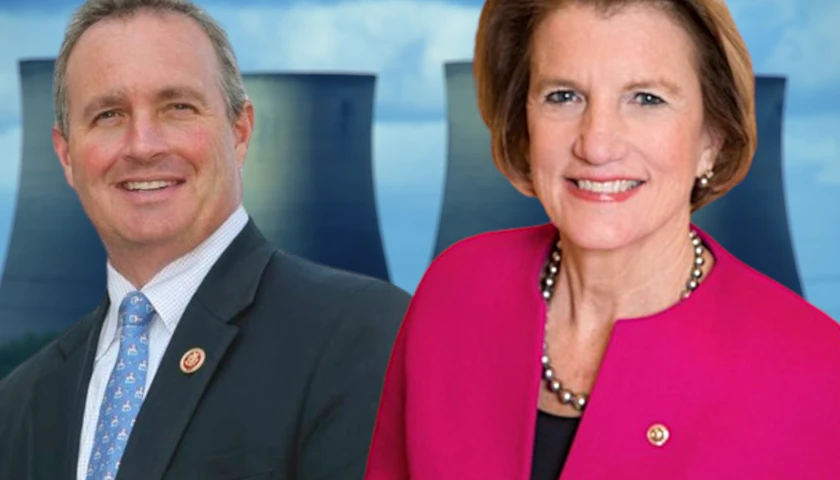by Christian Wade
Connecticut’s Democratic Gov. Ned Lamont wants the state to look into scrapping the state’s winner-take-all electoral system for ranked choice voting.
Lamont has created a new bipartisan commission to study a legislative proposal that would allow local governments and political parties in Connecticut the option to use ranked choice voting in caucuses, conventions, primaries and municipal elections.
The second-term Democrat said he wants the panel to review how ranked choice systems “operate, ascertain best practices, and collaboratively determine the best way that it can be implemented in Connecticut so that our municipalities and political parties have this option available to them.”
“Ranked-choice voting is an increasingly popular procedure among various political parties that enables voters to have all their preferences fully considered when choosing candidates for elected office,” he said. “It has been used with success in other states throughout the U.S. for many years, and there is a growing consensus in Connecticut that enacting this system here will benefit our voters.”
Unlike the winner-take-all voting system, ranked choice requires voters to list candidates in order of preference. The system comes into play in crowded races when no candidate gets 50% of the votes. When that happens, the candidate who got the fewest votes is eliminated, and their votes are reallocated and re-tabulated until someone wins a majority.
“Ranked-choice voting is gaining in popularity across the country, but its pros and cons really haven’t been explored in Connecticut,” said state Sen. Cathy Osten, a Democrat Lamont tapped to co-chair the new panel. “My hope is that this working group will collect the information necessary to make specific recommendations and hopefully improve voter turnout in Connecticut.”
Sen. Tony Hwang, the panel’s Republican co-chair, said he hopes for “productive discussions coming out of the working group to explore how ranked choice voting can best be implemented in Connecticut.”
“Voters across the state are calling for an electoral process that allows for more viewpoints, without feeling like voting for a third party is a throwaway,” Hwang said. “The ultimate goal is more electoral participation that reflects voters’ representative will and democratic governance.”
Supporters of ranked choice say it ensures that winning candidates have broad support and gives voters the option of multiple choices.
Critics say ranked choice voting is too confusing and unconstitutional. They argue that the winner-take-all system is the best way to elect leaders, and extending it to state and local elections would lead to political shenanigans. They also argue that it leads to sleepy campaigns, where candidates avoid hot-button topics because they don’t want to alienate potential supporters.
While some U.S. cities have used ranked choice voting for decades, Maine and Alaska are the only states that have switched broadly.
– – –
Christian Wade is a contributor to The Center Square.
Photo “Polling Place” by Aaron Webb. CC BY-NC-SA 2.0.




